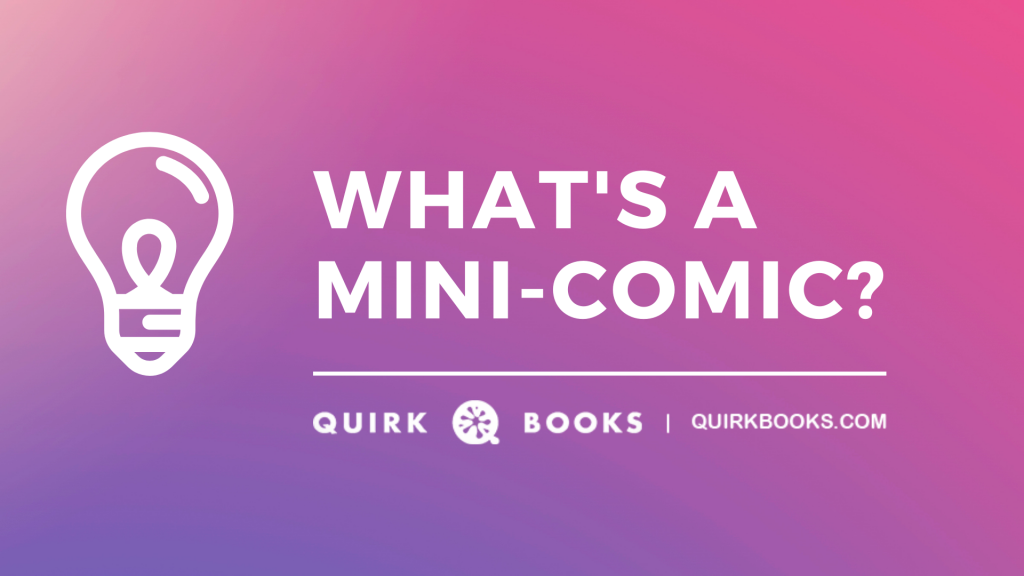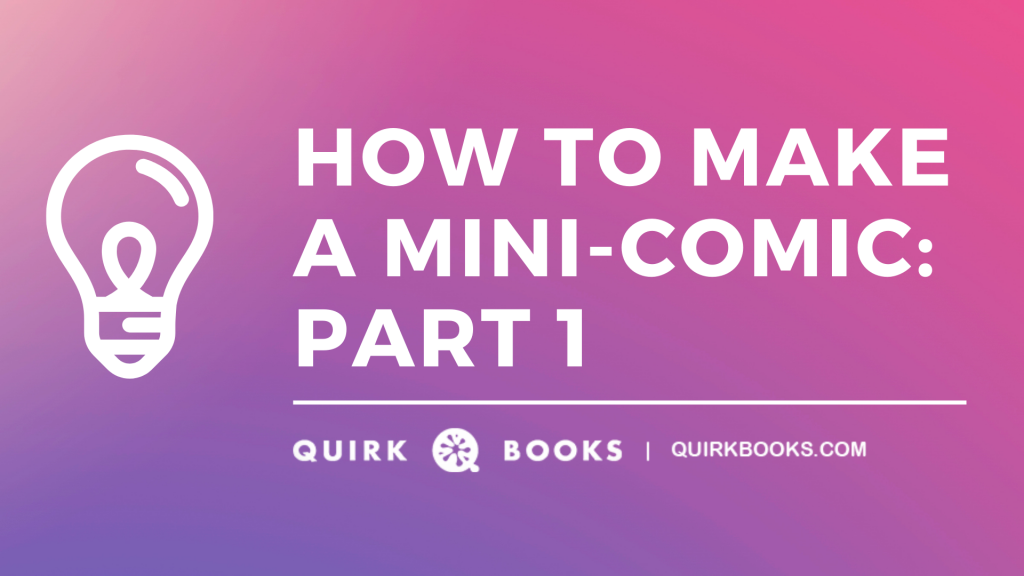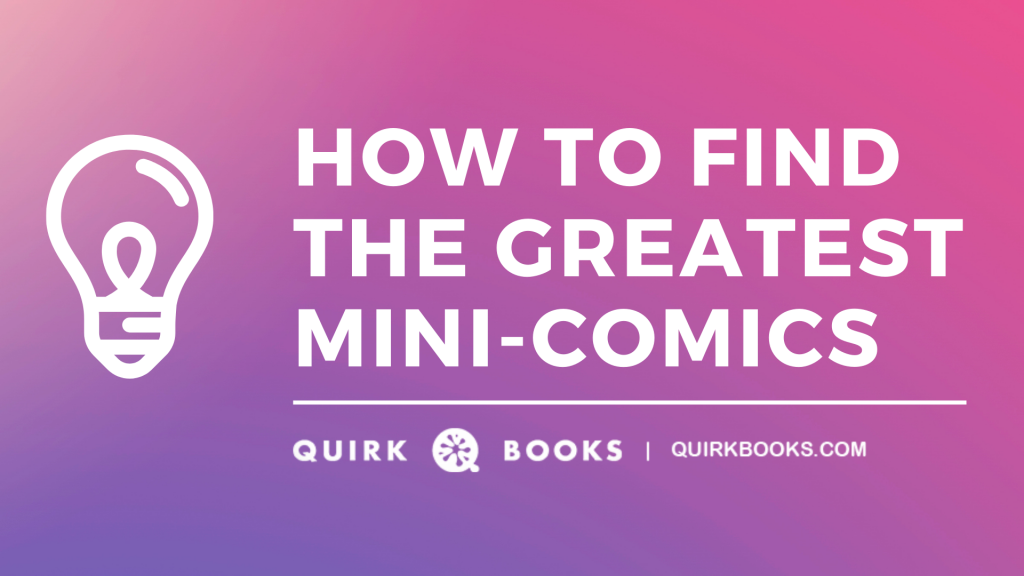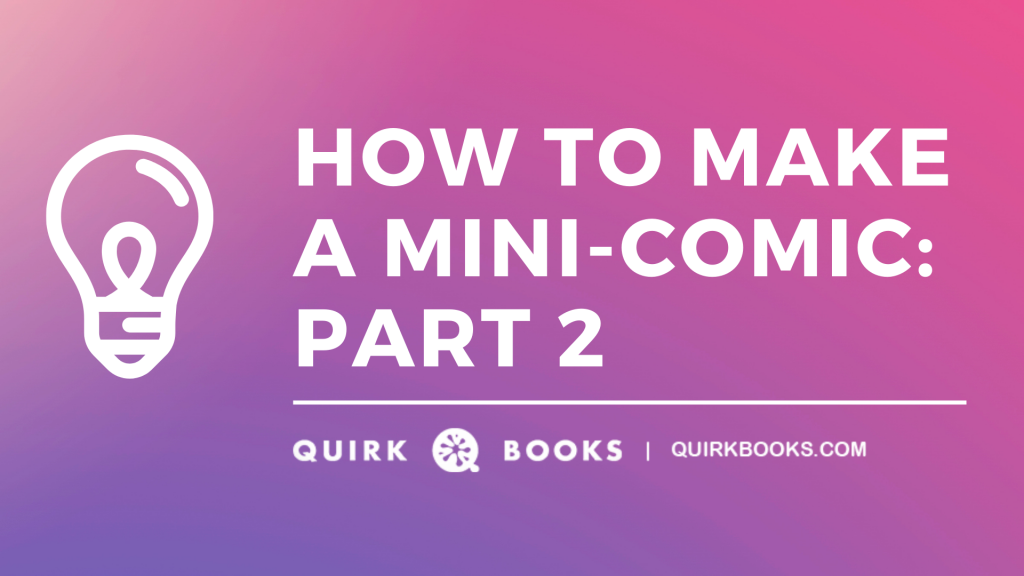Six Of My Favorite Mini-Series From The 80s
I started reading comic books that I bought off the spinner racks in grocery stores in the 1980s. Back then, mini-series were going through a thing. They were important. The original Wolverine mini-series, for example, is what turned Logan from a berserk brute into a more nuanced character.
So here are six mini-series I bought back then that I’ll never forget. In chronological order.

Kitty Pryde and Wolverine (Claremont and Milgrom, 1984), six issues. This is the only one of the five I didn’t buy straight off the shelves. I was only 7 when it came out. I cannot describe for you my excitement when, at about 10 years old, I was flipping through my first copy of The Overstreet Comic Book Price Guide and saw a cover from a mini-series featuring my two all-time favorite characters. The first thing I did at my first comic book convention was start asking dealers if they had copies of the series that I could buy.
This is one of those rare books where the story lives up to its promise. It’s a story about fathers and their progeny, how one disappoints the other. There’s also corrupt bankers and demon ninjas, and themes about unrequited love and the corrupting nature of power. It’s deep in the way only Chris Claremont can get deep.
Greatest Moment: The big skewering on the last page of issue #3.

Wild-Dog (Collins and Beatty, 1987), 4 issues. Buying Wild Dog made me feel guilty at the time. I was worried my mom would see me reading it and notice just how violent it was. At its heart, there were two interesting ideas behind this comic. First, a vigilante for middle-America. Wild Dog’s battles take place in a sort of hybrid of the Twin Cities and Des Moines. Second, the writer crafted the character entirely out of weapons a person could really buy out of Soldier of Fortune magazine in 1987. No powers. Just a tough guy in some over-the-counter tactical gear.
Greatest Moment: When Wild Dog saves himself by breaking into a museum display case to pull out a WWI era Machine Gun and it’s loaded. Issue 3.

Plastic Man (Foglio and Barta, 1987), 4 issues. With interesting tones of political dissent, Phil Foglio brought back Jack Cole’s greatest creation as the 80s began to draw to a close. It’s the only farcical comic on this list, but even here the editors and artists made the interesting choice to put two pages of brooding, highly rendered artwork, somewhere in each issue.
Mostly, it’s cartoony characters to match the farcical nature of the plot where you learn, for example, that the State of California actually is the lost island nation of Atlantis.
Greatest Moment: The Sarge and multi-Officer McNulty sequence in issue 2.

The Black Panther (Gillis and Cowan, 1988), 4 issues. This series is brooding and serious in all the ways that Plastic Man is zany and ridiculous. Wakanda is a fictional African nation, the sole kingdom on the continent that was never conquered. Its strength lies in a marriage of science and mysticism and its secret weapon, a metal called vibranium.
T’challa, the Black Panther, is Wakanda’s king and at the beginning of the story you learn that the panther spirit has deserted him, calling into question his place on the throne. The cause seems to be his failure to deal with the injustice in neighboring Azania, a stand-in for South Africa. Yet T’challa questions the deeper justice of the bloodbath that would result from his direct intervention.
Greatest moment: When the Black Panther meets the Panther Spirit in Issue 3.

Fantastic Four versus the X-Men: This past summer, Marvel comics did a major crossover where The Avengers faced the X-Men, which inspired a lot of folks to dig in their longboxes for the 1980s mini-series with basically the same plotline, but I think the X-Men’s face-off with The Fantastic Four (which came out aaround the same time) is the superior volume. Also written by Chris Claremont, it’s really story about the long buried self-doubts of the world’s smartest man, Reed Richards. Or… is it?
Re-reading it as a grown-up, I couldn’t get over just how anti-social superheros behave in Claremont books. If two people disagree over something, boulders are gonna get thrown. Man. Then again, I guess it was the 80s and the technology just wasn’t there yet to air your grievances with a passive-aggressive email.
Greatest Moment: When Franklin Richards saves Kitty Pryde from herself, issue 3.

Cosmic Odyssey (Starlin and Mignola, 1989), 4 issues in prestige format. Normally I hate the cosmic books. To me, the first series on this list is the sweet spot: what’s at stake is personal – it’s about relationships and loyalty and honor. When the whole world is at stake, it just gets to abstract. What the heck are you supposed to identify with?
But with The Cosmic Odyssey, the whole universe is at stake. The existence of life itself is at stake. Every page of this book is unforgettable. As I re-read it, I realized that every single panel of Mike Mignola’s signature monster-loving style had been etched deeply in my memory. In it, Darkseid is forced to collaborate with the very best of the good guys in order to prevent The Anti-Life from destroying a universe that he intends to one day rule. Of course, Darkseid has a scheme within his plan to save us all. A demon comes back. Two worlds are destroyed. Batman is sad.
It’s an early indication of why Mignola would one day become the superstar that gave the world Hellboy. It’s sweeping. It’s crushing. It’s morose.
Greatest Moment: the guy with the paint-brush at the moment when John Stewart realizes his horrible mistake, book two. Who is that guy?
—





